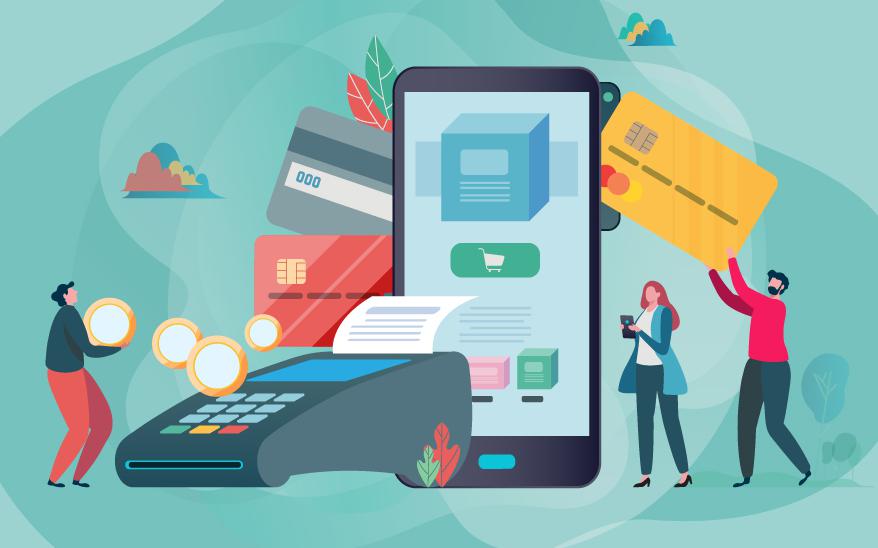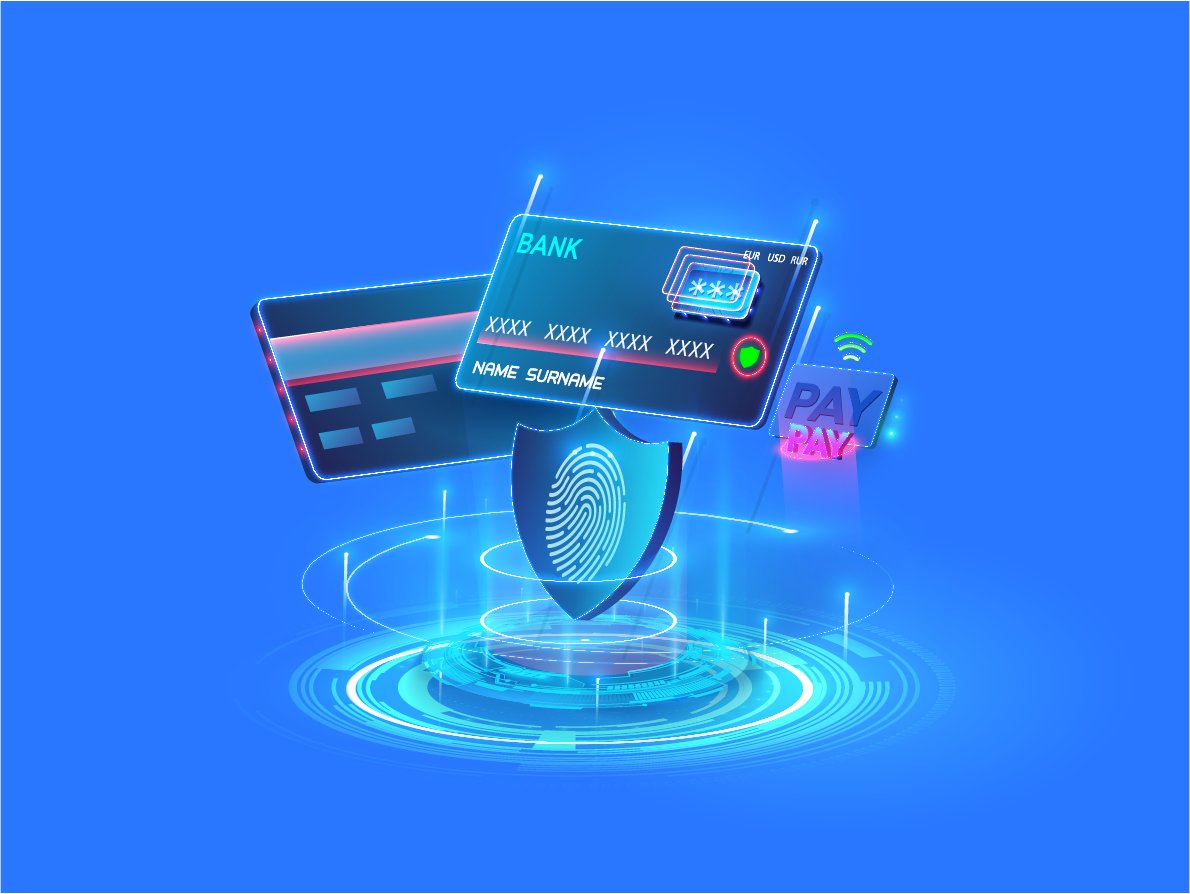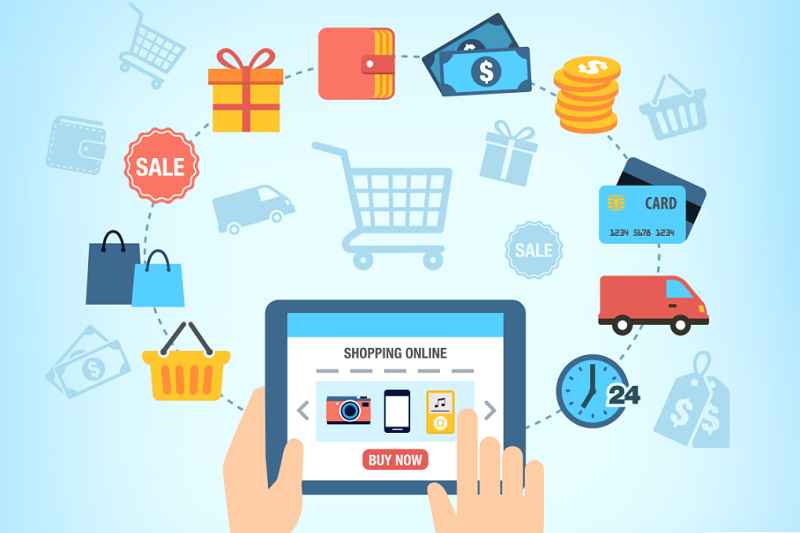The leap into digital payments has its pitfalls. As an expert who’s been there, I know the hurdles. We face tricky security threats and cunning fraud daily. Users want smooth pays but not at the cost of personal info. The task is tough: tighten security, yet keep things easy. Payment systems must stay up, no matter what, and comply with tough rules. And then, building trust is not just nice — it is a must. Buckle up as I guide you through this tightrope walk in the digital payment space. Let’s tackle this head on.
Understanding the Security Risks and Fraud in Digital Payment Platforms
The Prevalence of Security Risks in Electronic Payments
As folks move their money bits from wallets to phones, some bumps come up. Bad guys look to snatch your cash during these moves. This is a big deal for everyone making or getting payments online. We call these bumps security risks in electronic payments. They’re common and can trip up any step where money changes hands digitally.
In these moments, personal info like credit card numbers can leak. Hacking into systems is one big way that leads to a sad loss of money. Every day, we hear about new ways hackers try to break in. They poke at every weak spot in online payment systems to get through. This mess can bring a stop to buying and selling, hurting business and trust.
Strategies for Fraud Detection in Digital Wallets
So, what can we do to keep our digital cash safe? The answer starts with fraud detection in digital wallets. This means checking each payment for funny business before it goes through. It’s like having a smart guard who knows all the tricks thieves try to use.
First up, we need to watch out for any odd actions. This could be someone trying to buy something expensive when they usually don’t. Or it could be a payment from a place far from where the person lives. We use tech that learns what’s normal and what’s not to catch this.
Next, secure digital payment methods are key. Think of it like locking your doors at night. You want as many locks between your money and the bad guys as possible. This includes things like codes that change each time you log in. It makes it super hard for someone to sneak into your account.
To back this up, we roll out encryption for financial services. It scrambles your info so only the right person at the other end can read it. It’s a secret code that only the good guys know.
Lastly, solving errors when they pop up is a big piece of the puzzle. If something goes wrong, we need to fix it fast and get back to safe buying and selling. It keeps trust high and stress low.
In short, fight the risks with smart checks, tough locks, secret codes, and quick fixes. These keep your money safe as it zooms across the internet.
Mitigating Cybersecurity Threats and Enhancing System Reliability
Reinforcing Vulnerable Payment Gateways
Tackling security risks in electronic payments starts here. I think about gateways a lot. Why? Well, they are like doors for money. And doors can be broken into. Strengthening these is my day job. It’s key to stopping hacks and theft.
But how do we fix these gates? First, use strong encryption for financial services. This is like giving our door a better lock. Then, we add layers. Think of multi-factor authentication. More layers mean it’s harder to break in. These aren’t foolproof but they cut risks a lot.
Next, we keep an eye out. Fraud detection in digital wallets is like having guards. They watch for anything odd. If they see a problem, they can act fast. Quick action means less loss.
Finally, we teach. Users should know about scam prevention in payment services. Knowledge like this is a powerful tool.
Ensuring Uptime Amidst System Downtime in E-Payments
Waiting is no fun, right? Whether it’s a slow game load or frozen payments. Downtime means a system is not working. For payments, this can be a big pain.
My goal is to fix downtime fast. I ask, why did it crash? Was it too many people using it? Did something break? The answers help me start solving it.
First, we need good error handling in payment systems. This means the system can find and fix its own errors. Next, we work on the tech side. We upgrade our tools. Make them tougher. This helps stop downtime.
And when things do go wrong? Our customer support in payment platforms steps up. They guide users through it. They are like helpers in a maze, finding the way out.
Last, backups are vital. They are our safety net. If one system stops, another starts. This switch must be smooth, like a relay race baton pass.
Sure, challenges are there. But for every lock, there’s a key. For every glitch, there’s a fix. We work to make all e-payments safe and smooth. That’s the plan. Every day, it’s what drives me.
Optimizing the Digital Payment Experience
Balancing User Experience with Secure Online Transactions
We all crave quick, simple ways to buy stuff online. Secure digital payment methods are vital. Yet, we must not trade off safety for speed. To buy with peace, we need safe gateways that stop hackers cold. Cybersecurity threats in online transactions are real. They scare folks the most. True story: folks are more likely to use digital payment if they feel safe.
So here’s the deal: every click should feel swift and safe. Let’s dive into encryption for financial services. It’s like a secret code that shields our money talks. Encryption helps keep our card details under wraps. But even with top-notch encryption, we can face risky times. Multi-factor authentication is our friend here. It’s like double-checking who’s knocking on our digital door.
Now, fraud detection in digital wallets is smart tech working to spot the bad guys. It checks for odd patterns or fishy moves. Think of it as a keen-eyed guard watching over our digital cash. We also count on scam prevention in payment services. They block bad actors before they can crash the party.
Addressing High Failure Rates and Streamlining the Payment Process
Let’s not dodge the fact: failed payments can be a bummer. High failure rates in digital payment can turn smiles upside down. It’s crucial to find out why transactions goof up. Often, it’s small glitches; a dud link, a slow bank, or a hiccup in the net.
Resolving these snafus takes quick and smart action. Troubleshooting payment processing means checking each step. Like a detective, we scope out the issue to patch it up fast. Unsuccessful transaction resolution aims to keep our digital cash moving smooth. It’s about fixing errors fast and keeping our blood pressure low!
Sometimes system downtime in e-payments tests our patience. It’s like the doorway to spending is shut tight. Payment gateway outages are no fun, we can all agree. But there’s hope! By improving payment success rates, we help keep everyone chipper.
For a fab user experience in online payments, less is more. A clean, clear, simple path to pay is what we all need. Making digital payments more user-friendly is the name of the game. It means less waiting, less confusion, and more happy days.
In the big picture, we’re aiming for smooth sailing in the sea of e-payment. We can strike a balance between being safe and having a breeze while we shop. With a sharp eye on scams and a knack for untangling tech tangles, we can enjoy the best of both worlds.
Compliance and Trust: The Pillars of Modern Payment Platforms
Navigating Regulatory Compliance for Sustainable Financial Operations
When we talk about digital payments, rules are key. Just like how we need rules to play a game, digital payment systems need rules too. These rules make sure money moves safely and legally. We call this ‘regulatory compliance.’
For me, handling these rules means I look at lots of laws that change often. Most countries have their own laws for money stuff. I need to know them all. It’s a bit like learning how to bake many cakes at once – each with a different recipe.
Why stay compliant? To keep your business open and avoid fines. If I mess up, it’s not just me in trouble, but the whole company could be shut down.
We also must stop things like money laundering. This means we check carefully where money comes from and where it goes. Imagine playing tag but checking players are who they say they are. It’s like that.
Building Consumer Trust with Transparent Payment Technologies
People need to feel safe when paying online. If they don’t trust the payment, they’ll not buy. Trust is super important, as important as air for a balloon. The payment world is full of scary things like hacking and scams. My job is to fight those baddies and keep your money safe.
Trust comes from knowing your payment is safe. This means using secure digital payment methods. Think of it like a superhero shield for your money.
One way we do this is by using something called encryption. Encryption hides your card numbers in secret codes. It’s like turning a cat into a ninja that bad guys can’t see.
I also set up multi-factor authentication. That’s a fancy way to say we double-check it’s you. It’s like having a secret handshake to enter a club.
So what happens if there’s a problem? If you can’t pay or get an error, my role is to fix it fast. I make sure we always have a plan B. It’s like having a spare tire in a car.
But don’t worry, most of the time, it works smoothly. My aim is to make paying as easy as playing a game on your phone. I deal with the tricky tech bits, so you don’t have to.
In short, I work hard so you can pay with a smile and not a worry. And that’s what it’s all about – happy folks buying what they need or love without any hassle. Making sure every swipe, tap, or click is a “yes” to safety and trust.
In this post, we’ve explored the risks and ways to keep online payments safe. We know that with the rise of e-payments comes a greater chance of fraud. That’s why detecting scams in digital wallets is key. We must also strengthen weak spots in payment systems and ensure they stay up and running. A good balance is critical—making payments easy but also secure. We must focus on reducing failed payments to make things smooth for users.
It’s also vital to follow the rules and build trust. By being open about how payments work, people can feel better about using these services. Staying ahead of threats and keeping users confident are our main goals. Remember, safety and a great experience in digital payments go hand in hand. Let’s all do our part to make paying online safe, reliable, and easy for everyone.
Q&A :
What are common security concerns with digital payment platforms?
With the rise of digital payment platforms, security concerns such as the risk of fraud, identity theft, and data breaches have become prominent. Users are often worried about how their financial data is managed and the measures taken to protect sensitive information from unauthorized access. These concerns include the safety of personal information, the encryption of data, and the reliability of the platform’s security protocols.
How do digital payment platforms handle transaction disputes?
Transaction disputes can arise from unauthorized payments, goods or services not received, or incorrect transaction amounts. Digital payment platforms typically have a process in place to handle such disputes, which may involve investigating the transaction, mediating between the buyer and seller, and providing a refund or credit if necessary. Understanding the dispute resolution process is crucial for users who rely on digital payment systems for transactions.
What are the scalability challenges for digital payment platforms?
As digital payment platforms grow, they may encounter scalability issues that can affect their performance and user experience. These challenges include managing increased transaction volumes, ensuring consistent uptime during peak periods, and maintaining fast processing speeds. Platforms must also adapt to different markets and regulatory environments, which can complicate scaling efforts.
How do digital payment platforms adapt to different regulatory environments?
Digital payment platforms operate globally, which means they must navigate a complex array of regulations that vary by country and region. Compliance with anti-money laundering laws, Know Your Customer (KYC) requirements, and consumer protection standards is essential. Platforms must stay updated with changes in regulations and often invest in legal expertise and compliance infrastructure to keep their services in line with the latest legal expectations.
What strategies can digital payment platforms use to build user trust?
Building user trust is essential for the success of digital payment platforms. They must demonstrate reliability, transparency, and a commitment to user privacy. Strategies include implementing robust security measures, providing clear and accessible customer support, ensuring transparency in fees and terms of service, and obtaining certifications or endorsements from reputable industry bodies. Positive user reviews and word-of-mouth recommendations can also play a significant role in fostering trust.






